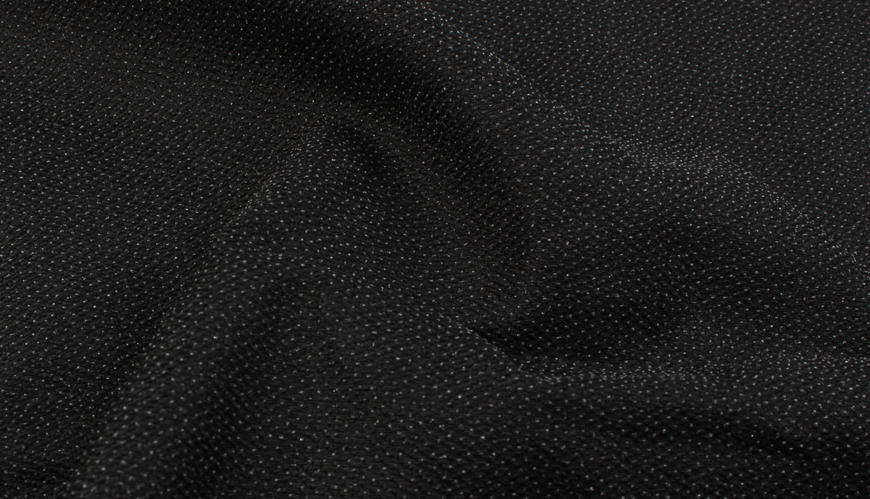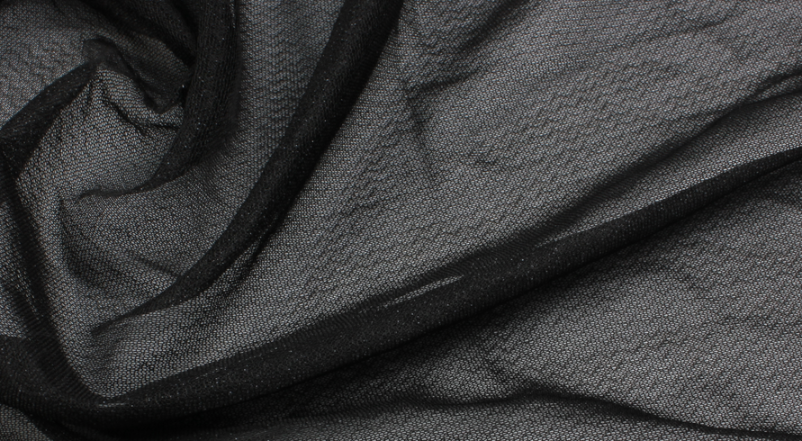Selection and use of adhesive linings
2022-09-16.
Consumers demand a flat, undeformed appearance, while frontline operators require accurate sewing and straight folds, hence the need for linings in the production process. A lining with adhesive particles on one side is called a bonded lining. The selection and processing of the bonded lining determines whether the finished product will meet the requirements. A lining without adhesive particles is called a padding, and is commonly found in shoulder pads and chest liners.

The choice of bonded interlining
Adhesive interlining base fabric on the density and size of the glue particles have different specifications, thick fabrics should choose the glue particles large density of small, thin material and vice versa. Such as heavy fabrics per square centimeter 35 rubber particles, and light fabrics per square centimeter up to 110. The wrong choice of glue particles may cause the peeling strength of the bond to fail to meet the standard requirements or the fabric to bleed glue.
Depending on the base fabric, bonded interlining is divided into spun and non-woven interlining, the base fabric of spun interlining is woven or knitted, while the base fabric of non-woven interlining is a continuous base fabric formed directly from chemical fibres. Shirt sleeves, sword head, pockets and other parts of the shirt can choose non-woven interlining, shirt collar, men's and women's suits need to use spun interlining, sleeve holes, collar nest and other easy to deformation parts also need to draw strip lining to fix the shape.

The bonding process
Bonding is the process of melting the adhesive particles of the lining at a certain temperature and time, and then applying a certain pressure to bond the lining to the fabric. In the use of new lining and fabric production, companies need to determine the appropriate temperature, time, pressure and other technical parameters to obtain a good fabric feel and bonding effect through pre-testing the bonding effect of small samples.
The pressing temperature refers to the temperature at which the garment fabric is combined with the fusing surface of the fusing lining, which plays a major role in the bonding effect and quality. As shown in the figure below, as the temperature rises, the glue particles melt and fabric yarn fibres combined, the higher the temperature, the better the mobility of the hot melt adhesive, when the peel strength is proportional to the pressing temperature. However, if the temperature exceeds the limit of the gluing temperature, the melt viscosity decreases and not only does the glue bleed, but the peel strength also decreases. The same applies to the pressure of the press and the peel strength. When the pressure reaches a certain value, the peel strength will no longer increase.
Garment bonding technology requirements
A good gluing operation can reduce the difficulty of sewing after the cut pieces have entered the sewing process and will also guarantee the quality of the garment sewing appearance.
1.Lining paper pattern per side is less than the fabric paper pattern 0.2cm, so as to avoid pressing the lining too large beyond the fabric, contamination of pressing equipment or subsequent cause of fabric with glue.
2.To achieve the same appearance, the parts of the garment that need to be glued should be uniformly passed through the gluing machine, and the fabric should be evenly coloured and have the same shrinkage rate.
3.Before the batch bonding process, the peel strength needs to be tested to determine the appropriate bonding parameters.